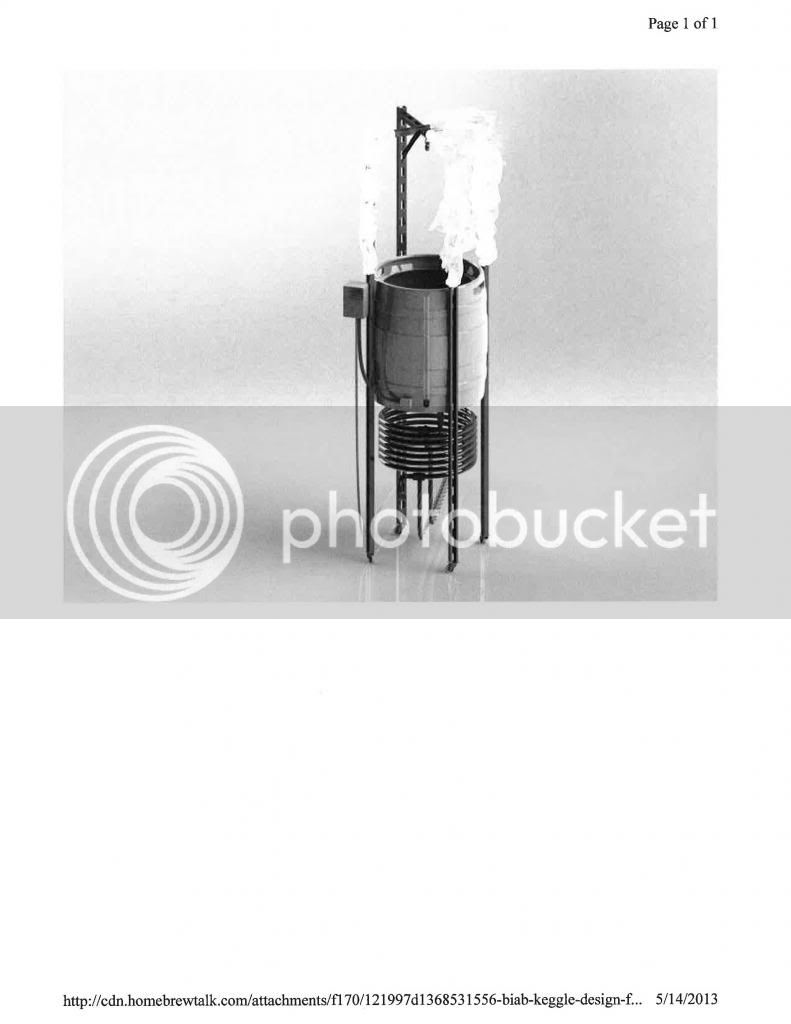triskelion
Well-Known Member
This is what i'm thinking of for my keggle build. I'm going to heat it with a 3KW element, control temp with an stc-1000. Also integrated is a counter flow chiller, sight tube and either a pulley or just a hook to help with the brew bag. I may add some buttresses to widen it for stability. Hopefully i'll be able to get my hands on a keg soon and make a start.
critique would be appreciated.


critique would be appreciated.






